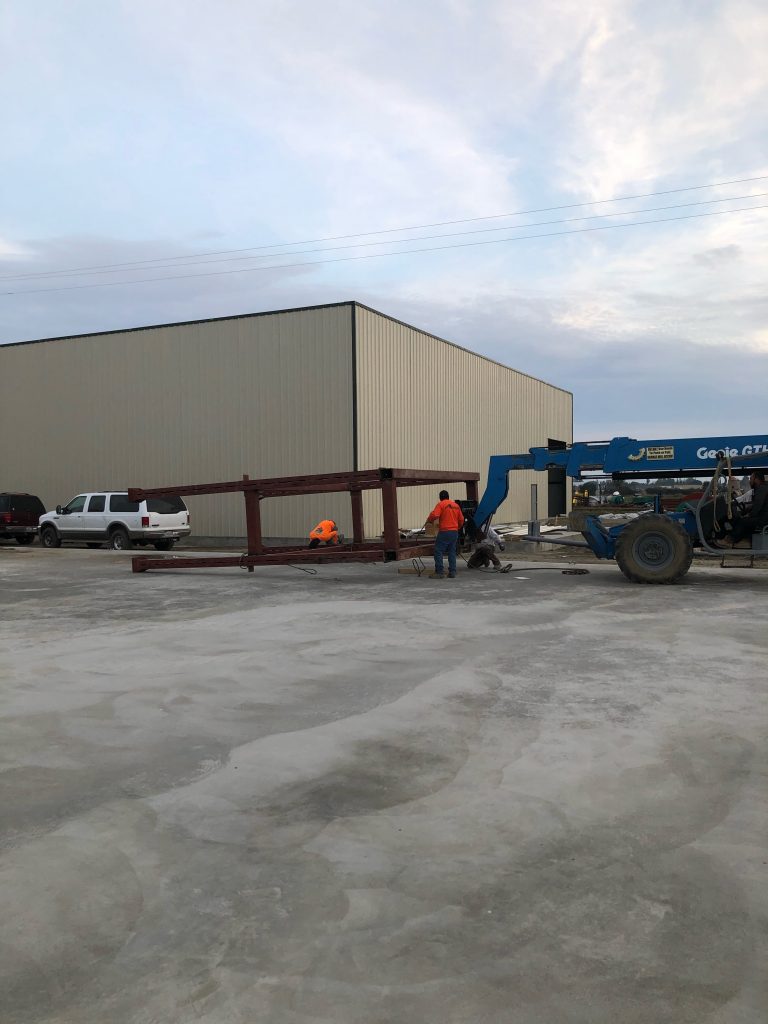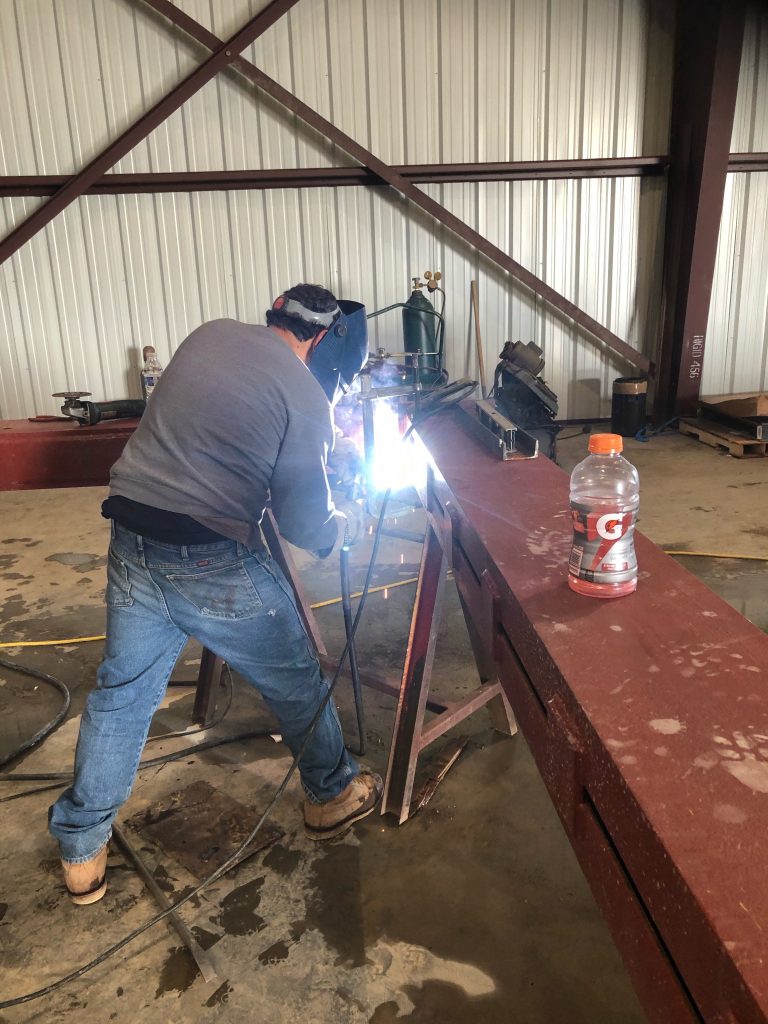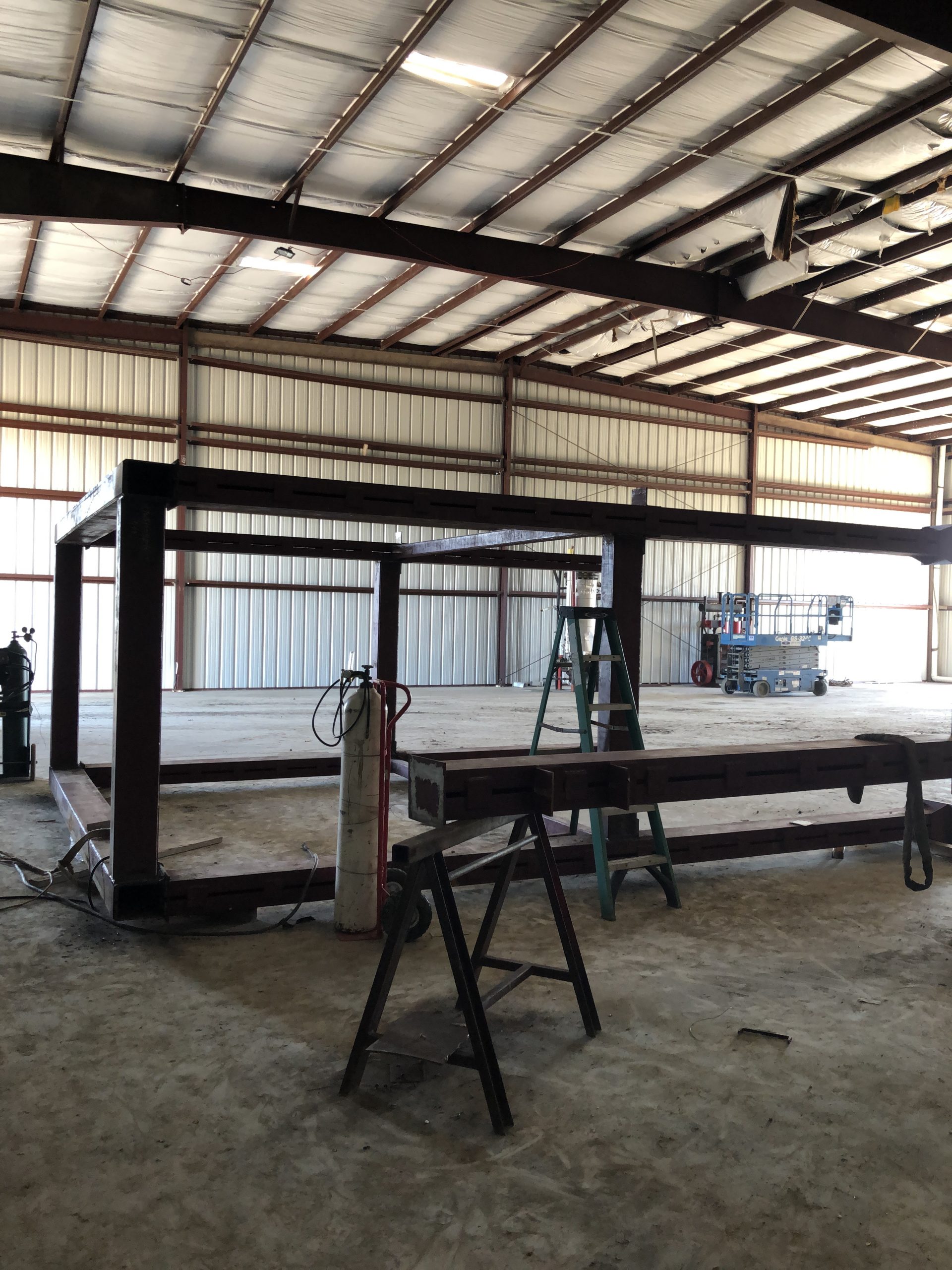Products You May Like
Cities are major contributors to climate change. According to UN Habitat, cities consume 78 per cent of the world’s energy and produce more than 60 per cent of greenhouse gas emissions. … The sheer density of people relying on fossil fuels makes urban populations highly vulnerable to the effects of climate change.
The City of Tracy, California with the help and innovation of “Tracy Renewable Energy“, (Frank Schubert at the helm), and TRE’s collaboration with “Reactive Surfaces, (Steve and Beth McDaniel, founder and President), is destined to become the envy of the cities who are committed to achieving the goals of the Paris Agreement, but have yet to meet these goals. There is now a newer, better, greener solution to the world’s biggest existential crisis. And Tracy’s got it.
The Players. Tracy Renewable Energy is currently involved in the desalination of municipal wastewater, while Reactive Surfaces is counteracting climate change through painted surfaces that can capture carbon dioxide efficiently and effectively from the atmosphere and from industrial processes.

Beth McDaniel Talks About Climate Change, Carbon Capture and Collaboration with Tracy Renewable Energy.
TRE and RSL have joined forces to build the first Carbon Capture Coatings facility adjacent to the Tracy plant to capture the CO2 released from TRE’s desalination process. Based on the rate of carbon capture already achieved by RSL in their labs, there is potential for this technology to ultimately play a major role in combatting climate change and achieving climate balance. And the ‘coming out party’ of this technology will happen in Tracy, California in the coming months!
What’s with the paint?
At the core of what they do, Reactive Surfaces envisions enhancing people’s lives with coatings that react to their environment in a positive way.
“What we know how to do is take functional biomolecules from nature and add them to paints, asking them to perform their function effectively and continuously within that coating. The result is coatings that self-clean, are antimicrobial, antiviral, etc…And they’re completely non-toxic. In the case of Carbon Capture Coatings (CCC), we put algae into paint. The paint is specially-formulated to allow the algae to grow very well, and to photosynthesize, during which process CO2 is pulled out of the atmosphere (or an industrial slip stream of emissions) and stored in the paint. But why do we need the paint? Paint is lightweight and adheres well to surfaces. It can go way up, (you see paint at the top of 100-story skyscrapers), so you can utilize vertical space. So, we can create massive amounts of surface area in a facility and paint it with the algae paint to do the work of photosynthesis on a massive scale. We call it massively iterated vertical surfaces (“MIVS”). Building up rather than out makes painting on MIVS a better option than actual trees in a forest! Instead, imagine a giant greenhouse with tubes painted with the algae paint. That’s all we are talking about.”
RSL Founder Steve McDaniel and TRE founder Frank Schubert, are not new collaborators, but have built things, played music together, and at times risked their lives to reach new heights in science and exploration. They met on a scientific expedition that simulates life on Mars, living in a habitat for months in the middle of a Mars-like desert; running around in space suits doing science was a dream come true for these two. Dr. McDaniel is a PhD biochemist who seeks out microbial life forms wherever he goes, and Frank Schubert is the McGyver-like engineer who can make do with whatever he has to construct a solution on whatever planet he might visit!
It was on one of these Mars missions that Dr. McDaniel noticed a bright red splotch of paint-like lichen growing on a rock in the middle of the Arctic dessert. He was struck by the fact that the lichen could thrive under such extreme conditions. And it looked like paint! How did nature’s paint work? And in 2018, when the International Panel on Climate Change came out with its findings that were so grim about the impact on the planet from greenhouse gases, it became clear that it was time to once again imitate nature and try to derive a paint that will allow algae to grow and photosynthesize. Carbon Capture Coatings on Massively Iterated Vertical Surfaces were the result. When Frank heard about the innovation, he knew he wanted a CCC-MIVS plant to control Tracy Renewable’s emissions. And Steve knew exactly who should build it, Frank (McGyver) Schubert.

The collaboration in Tracy:
It became clear very quickly, that Tracy Renewable Energy would be an excellent location for the first CCC-MIVS facility. TRE had already been seeking out a sustainable solution to its emissions and was ready to fund such a project. The City of Tracy enthusiastically embraced the idea.
How big will the facility be?
The first of the prototypes will be small, like the size of one of those storage pods you see in people’s driveways. A “Pod” this size (about 15 cubic meters) would capture 4-6 tons of CO2 annually at the capture rates we are achieving so far in the lab. These rates will get much better with time as we make the technology even better. The next prototype we plan to build at the TRE Tracy facility will be scaled up to be about 1,000 cubic meters (~33 ft.x33ft.x33 ft), and will capture at a minimum 385 tons of CO2 per year. Ultimately, we hope to see large greenhouse farms filled with carbon capture coatings.
What happens to the CO2 after its captured during photosynthesis?
Just like a tree, the CO2 is converted to cellulose during photosynthesis. In the case of a tree, the cellulose is the tree trunk. In the case of CCC’s, the cellulose is stored in the paint. Also, due to the purity and rugged nature of this bacterial cellulose, it can make valuable by-products, such as building materials.

X-Prize, Here We Come!
The innovators of the CCC-MIVS technology were thrilled with the recent announcement of the $100 million X-Prize sponsored by Elon Musk. “We know the capabilities of this technology already, and already its objectively better than a forest of trees, in fact about 180 times better than a forest. We are not aware of any other carbon capture technology that can make that claim. We are going for the prize, but the real prize will be if we can avoid the dangers and disasters associated with climate change.”
